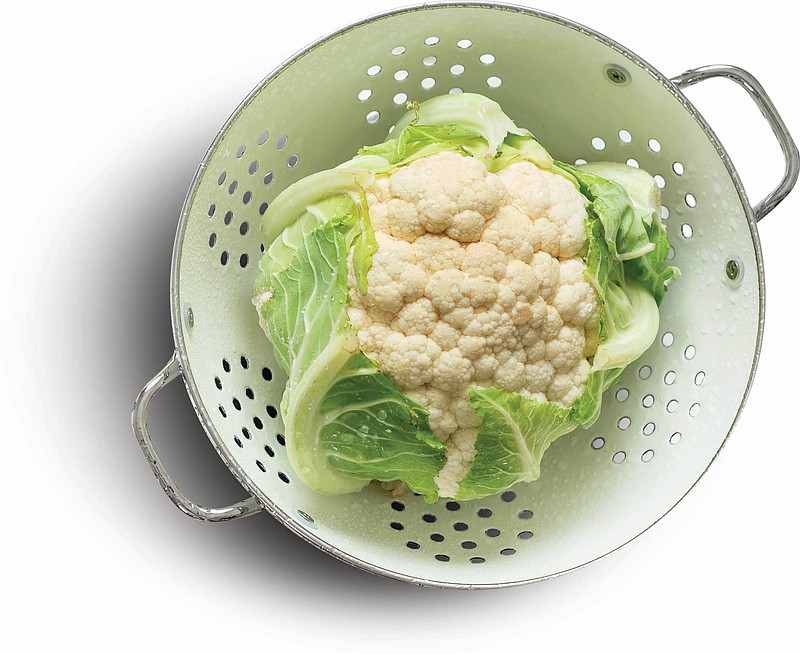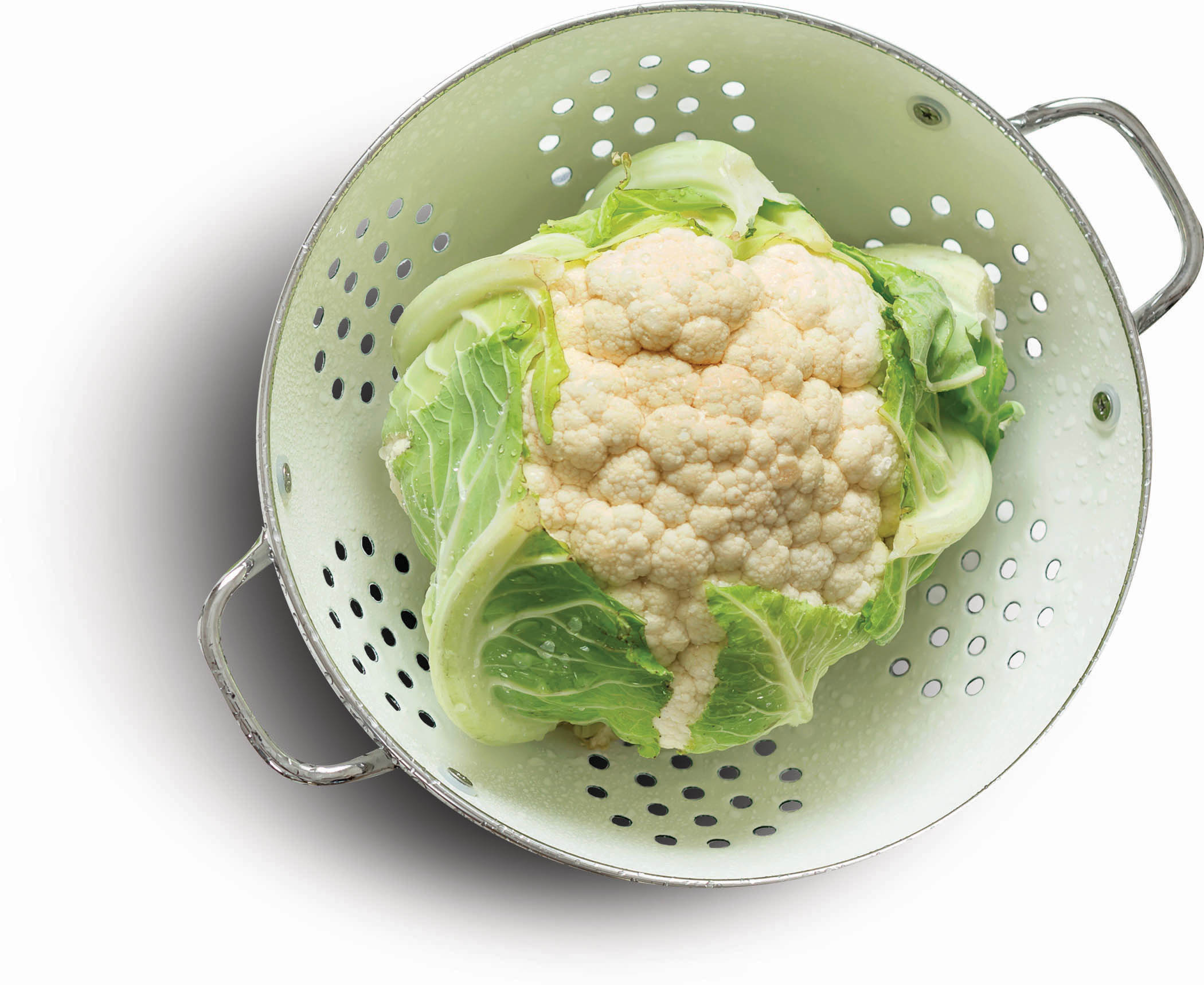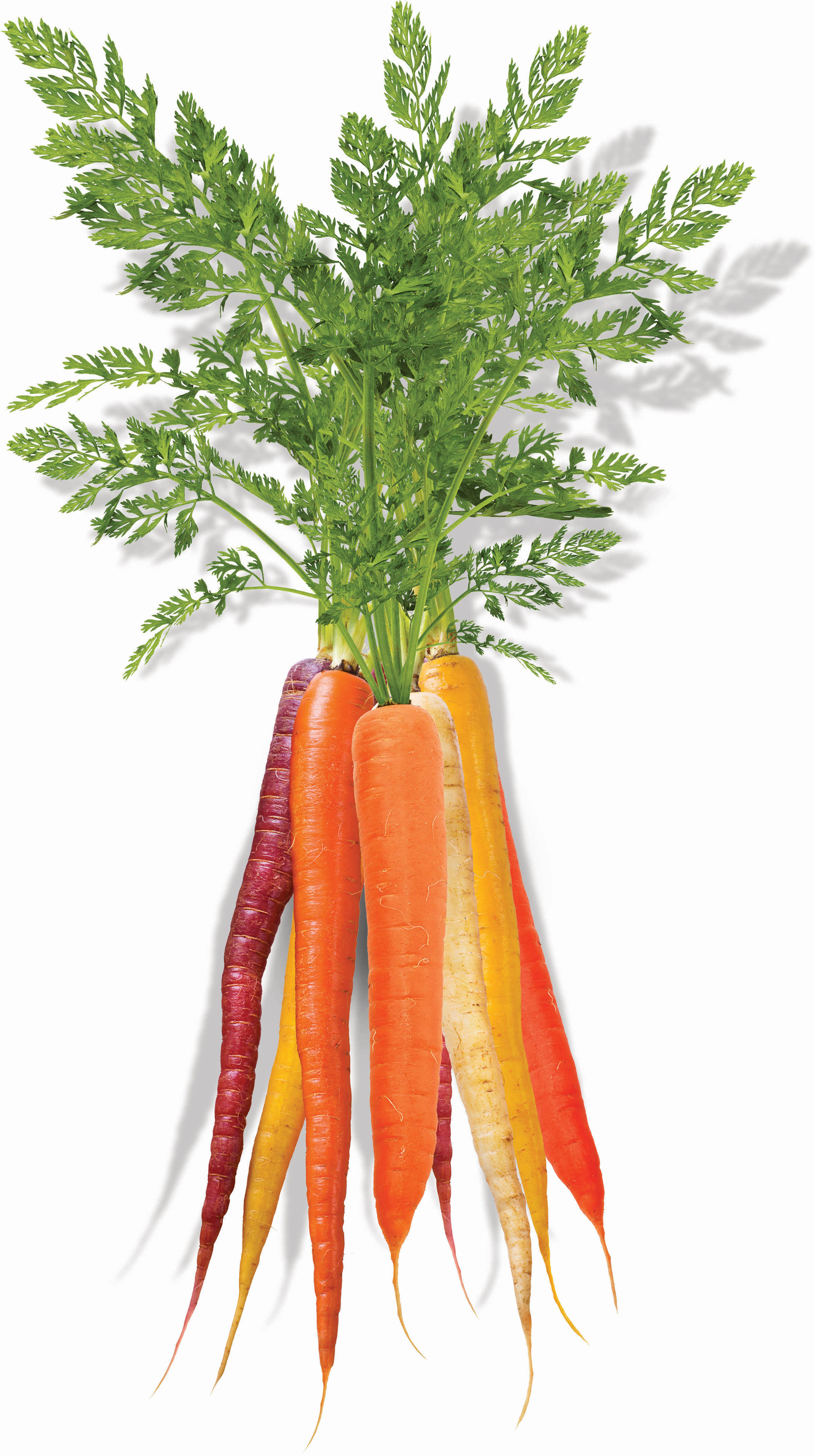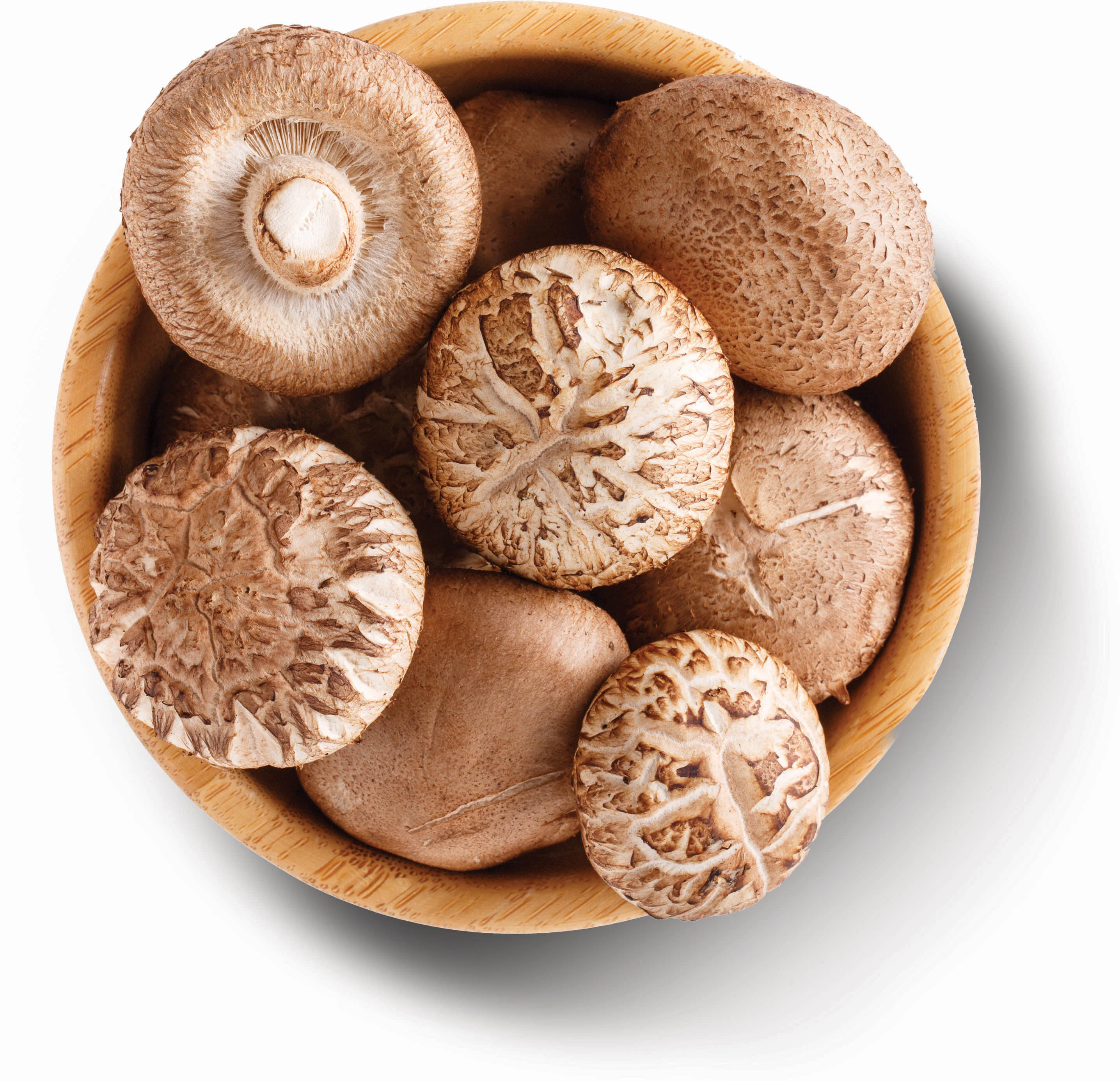Per the Lookout Farmers Market's tagline, "Local food tastes better!" And it's better for you.
The Leopold Center for Sustainable Agriculture found that crops without many stateside suppliers, like grapes and cauliflower, travel upwards of 2,000 miles - or more - to reach you. Even tomatoes, which have suppliers in 18 states, traveled nearly 1,400 miles to reach the Chicago Terminal Market where the fruits and vegetables were then sold to grocery stores and restaurants.
That translates to days, weeks, sometimes months from the time the food is harvested to the time it is consumed, which has a notable effect on its nutritional value. Many vitamins are sensitive to air, light and heat and are lost during transport. According to University of California studies, vegetables lose 15-55% of vitamin C within a week after being harvested. The Center for Urban Education about Sustainable Agriculture also notes that the food is often picked ahead of its peak - affecting both nutrition and taste - and then ripened using gassing, or that it's packed with preservatives to allow for transport.
A video on the "Science behind why home-grown tomatoes taste better" backs up the local market's assertion that local food has more flavor. The Chicago Tribune video points out that commercial varieties are instead chosen for factors like yield, appearance, pest-resistance and shelf life.
Ready to see if you can taste a difference? Here are some in-season veggies you'll find at the farmers market this spring along with recipes from vendors. Should you decide you're really ready to dig in, we've also included growing tips for the home gardener. It doesn't get more local than that.
Farm-fresh
The Lookout Farmers Market operates year-round and seasonal pop-ups at various locations all around town. To find the location nearest you, along with details like payment types, operating hours and more, visit facebook.com/LookoutFarmersMarket.
__________
Cauliflower
Growing tip: Sow seeds indoors first, using peat cups that can be directly planted so as to avoid root damage. Be sure to get seeds with a grow time suited to the area's cool-weather season. While cauliflower grows best in full sunlight, partial shade may be better to give it the temperature regulation it needs (best in mid-60s).
Storage tip: Store the head in a loose, perforated plastic bag with a paper towel for up to a week or so. Or better yet, freeze the florets and use them for up to a year.
Cooking tip: Cauliflower leaves can be prepared and eaten like cabbage.
Mashed Cauliflower with Chives
Recipe courtesy of CF Produce
What you need:
2 small heads cauliflower or 1 large one
3-4 tablespoons organic butter or olive oil
2 tablespoons snipped fresh chives
Herbamare and freshly ground black pepper
What you do:
1. Cut the stems off the cauliflower. Chop into florets.
2. Place cauliflower in a pot fitted with a steamer basket. Add a few inches of water, cover and steam for about 7-10 minutes or until tender.
3. Drain cauliflower completely and place in a food processor fitted with the "s" blade. Add butter and process until creamy and smooth.
4. Add chives, Herbamare and black pepper and pulse until combined. Taste and add more Herbamare if necessary. Serve as is or put mixture in a buttered casserole dish and bake at 450F until lightly browned on top.
__________
Carrots
Growing tip: The Farmer's Almanac says most gardeners will need to add sand for proper drainage, and recommends 100% sand mixed with 1/3 peat moss. Planting radishes with your carrots can help to protect the seedlings and keep weeds at bay. Beware too much nitrogen in the soil, which will deform the carrots. Opt for compost or used coffee grounds rather than manure or fertilizer.
Storage tip: Cut off the tops to prevent moisture loss.
Cooking tip: You can use (brand-new) steel wool or balled-up tin foil to quickly and easily scrub carrots.
Glazed Baby Carrots
Recipe courtesy of Lula Lake Farm
What you need:
2 pounds carrots, well scrubbed or peeled
2 tablespoons oil
2 tablespoons maple syrup
1/2 tablespoon grainy mustard
1/2 tablespoon Dijon mustard
1/2 tablespoon white miso paste (gluten-free for gluten-free)
1/2 tablespoon rice vinegar
2 teaspoons soy sauce (or tamari for gluten-free)
1 small clove garlic, grated
1 tablespoon parsley, chopped (optional)
What you do:
1. Heat oven to 400F. Mix together all ingredients save for carrots and parsley.
2. Toss carrots in half of the mixture, then arrange in a single layer on a baking sheet and bake until tender and lightly golden brown, about 20-30 minutes, turning halfway through.
3. Toss them in remaining glaze and serve.
__________
Shiitake mushrooms
Growing tip: Shiitake will grow on almost any native hardwood; just be sure to only cut logs from live trees to avoid contamination and inoculate as soon as possible thereafter (not more than 2 weeks). Opt for sawdust spawn - as opposed to dowel or thimble spawn - for its ease, yield and price.
Storage tip: Wrap the mushrooms in a paper towel and store them, cap down, in an open plastic or paper bag in the main part of your fridge for up to a week.
Cooking tip: Cut the stems off prior to cooking. They're too fibrous for eating, but make great broth or stock "bones."
Shiitake & Havarti Cheese Crostini
Recipe courtesy of Possum Bottom Farm
What you need:
1 loaf crusty French bread, baguette or sourdough
1 pound fresh shiitake caps, sliced thin
8 ounces Havarti cheese
1/2 medium sweet onion
1/4 cup extra-virgin olive oil
Pinch of fine-ground black pepper to taste
Pinch of sea salt to taste
What you do:
1. Slice bread into 1/2-inch slices and toast lightly. Set aside.
2. Slice onion across bulb in 1/16- to 1/8-inch slices. Slice shiitake caps 1/8-inch thick.
3. In a saucepan, combine olive oil, mushrooms and onion. Sauté until onion is softened and mushrooms have cooked down to about half their original size. Remove from heat.
4. Using tongs, top each bread slice with generous dollop of mushroom/onion mixture, pausing briefly to allow excess liquid to drain off before topping.
5. Using a cheese knife, cut thin slices of Havarti and top mushroom/onion mixture on each slice of bread. Arrange bread slices on a baking sheet and bake at 350F until cheese is melted and bread is starting to brown. Serve warm.
Cook's note: These can be made ahead of time and frozen. When you're ready for some crostinis, just pop them in the oven until the cheese melts. Caution! Highly addictive!



